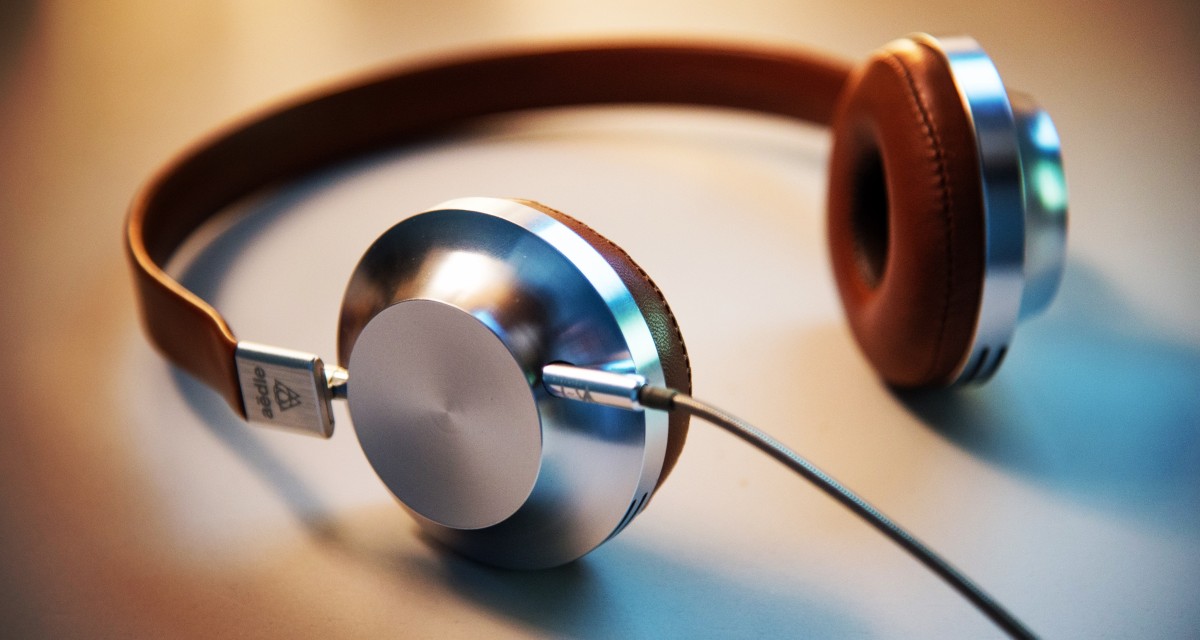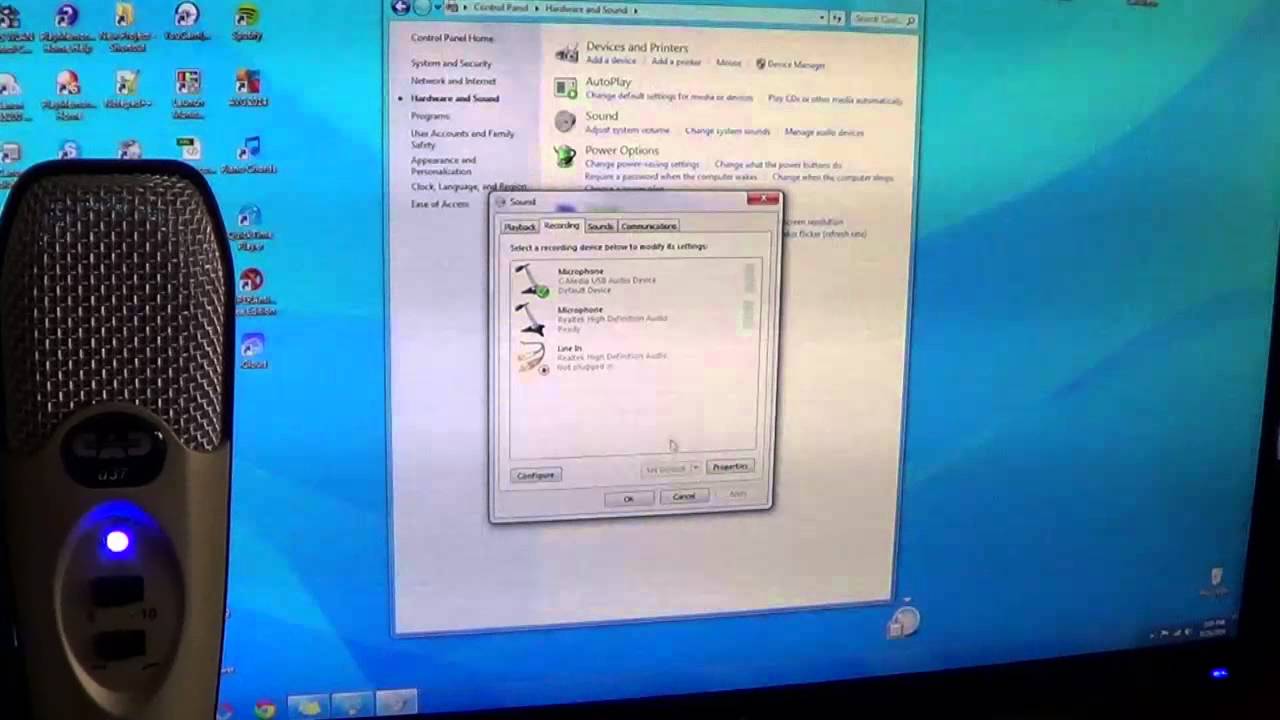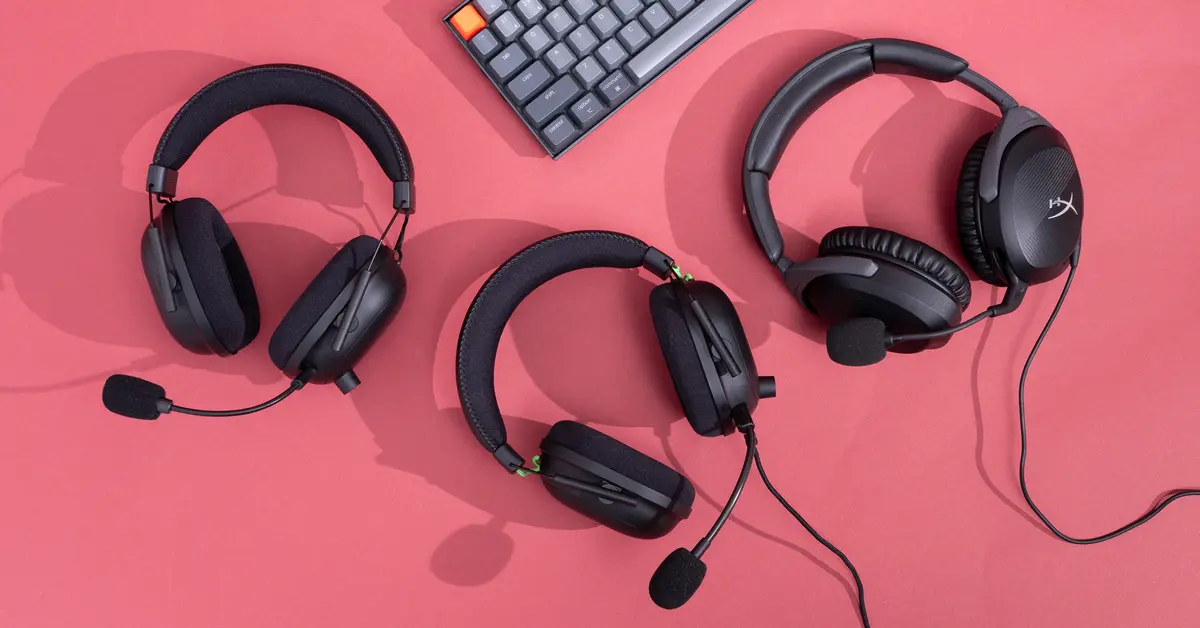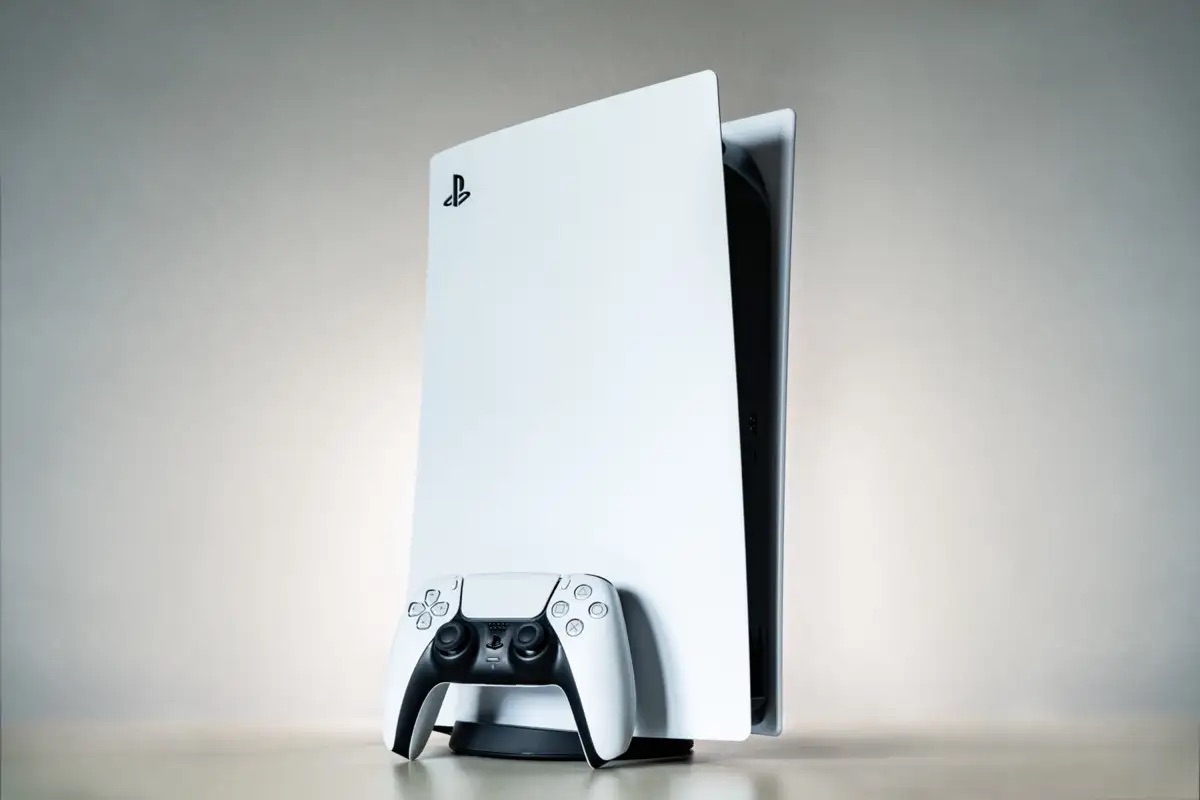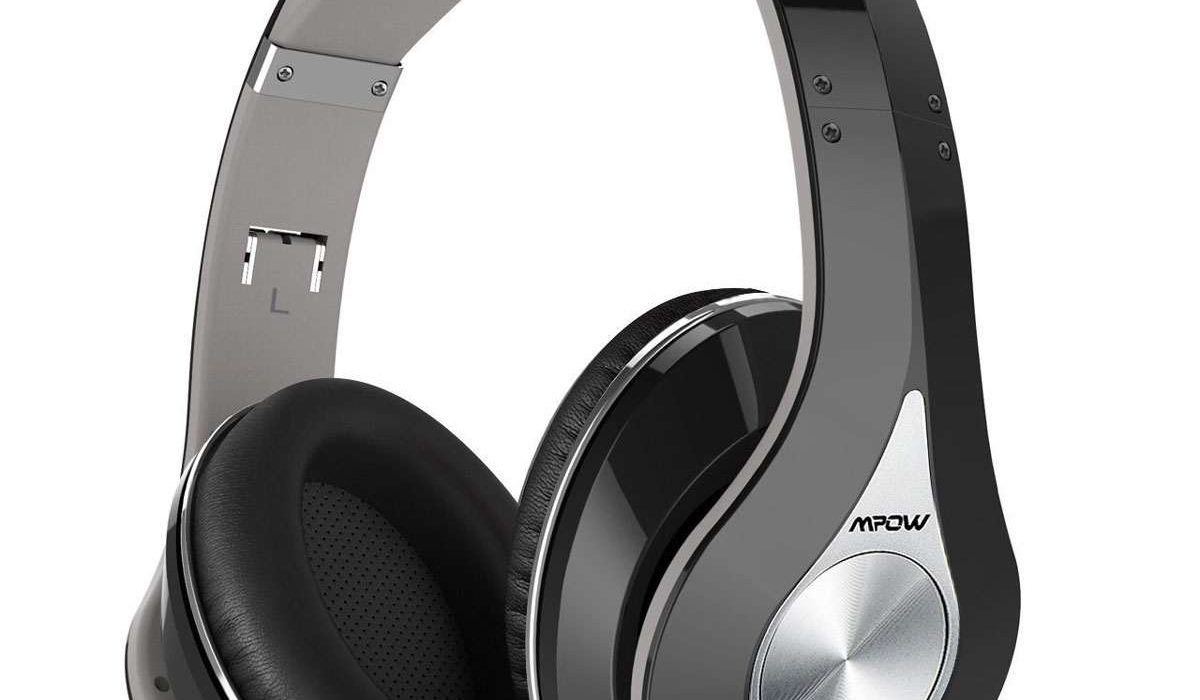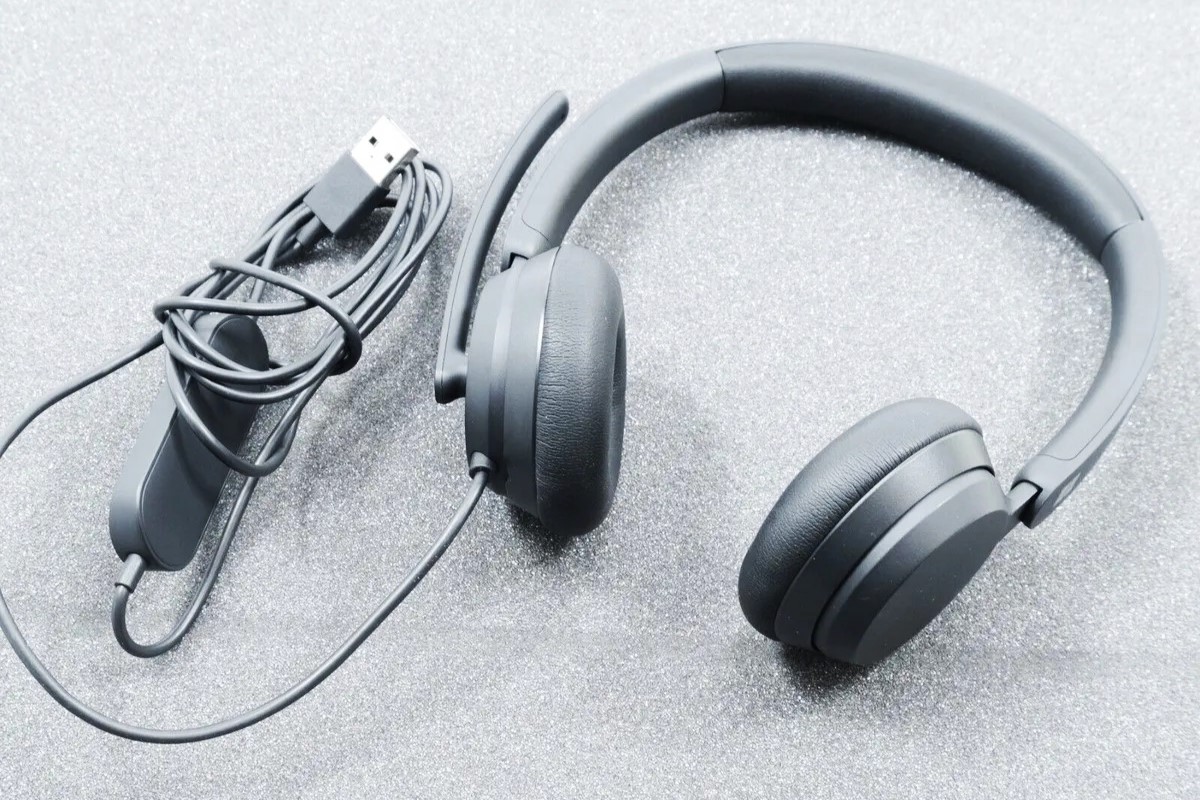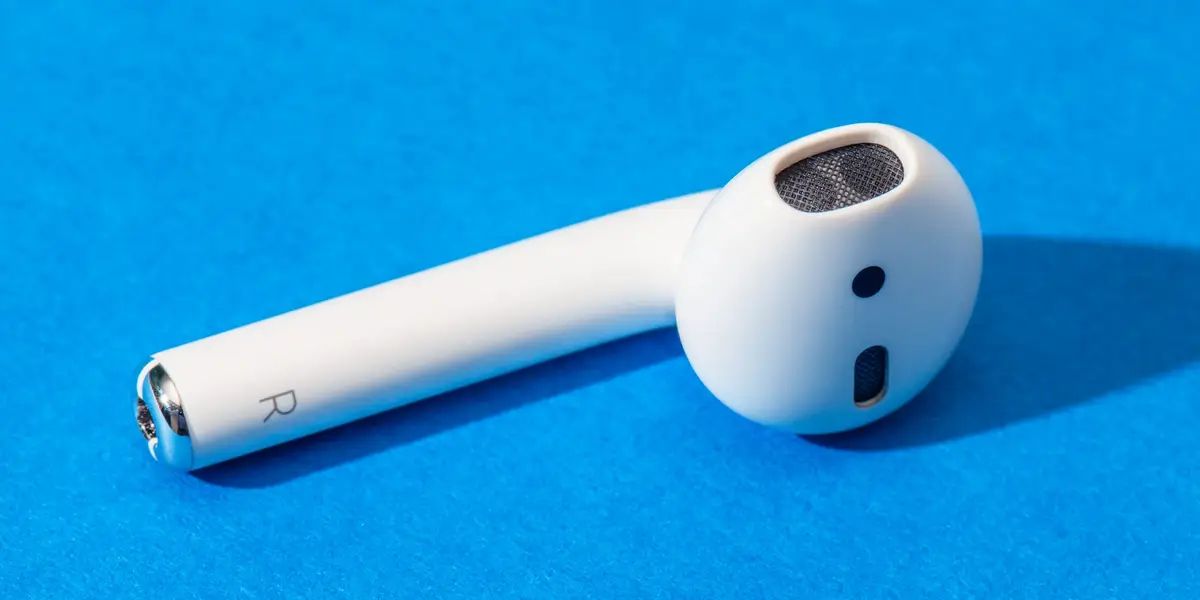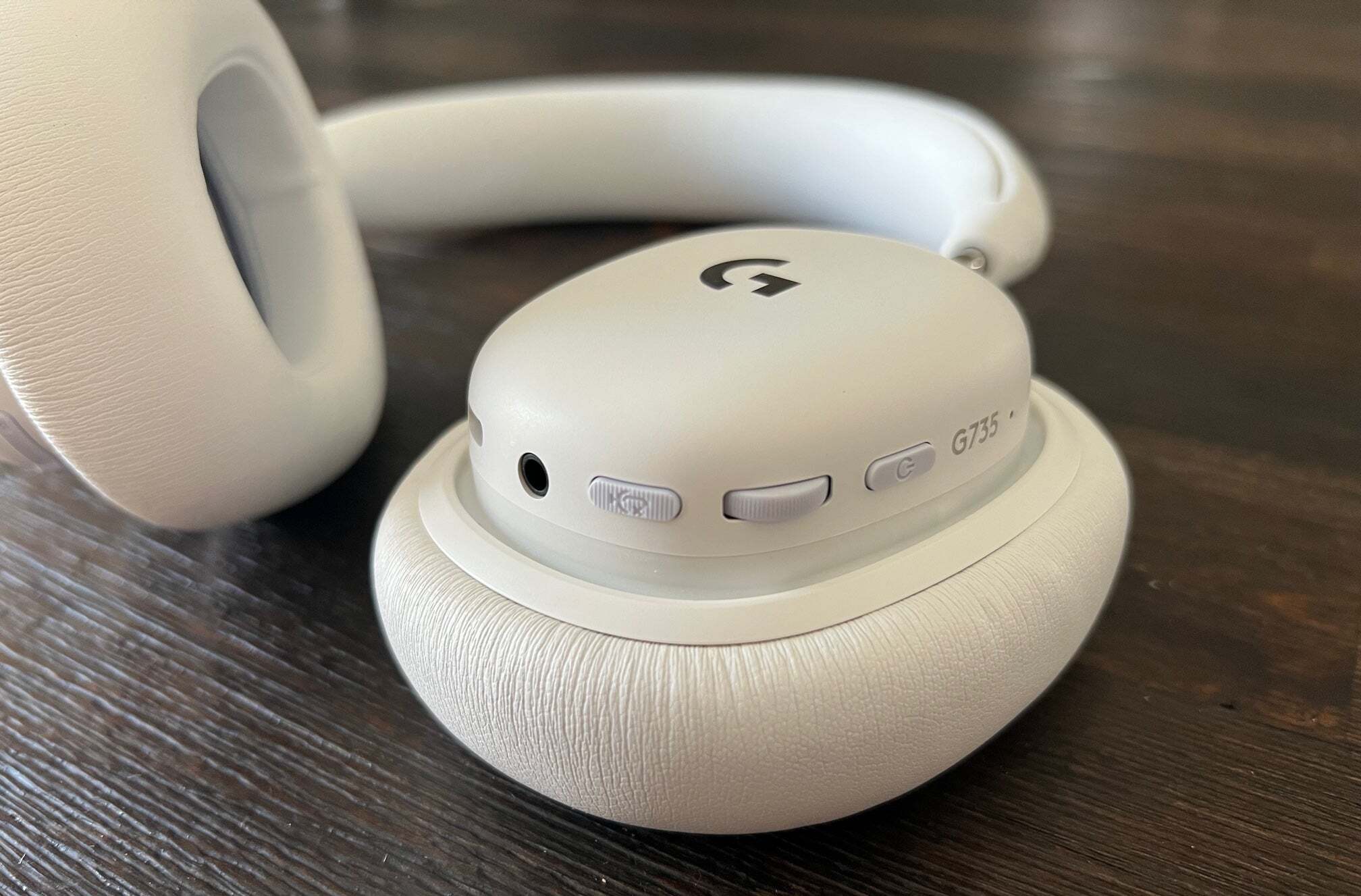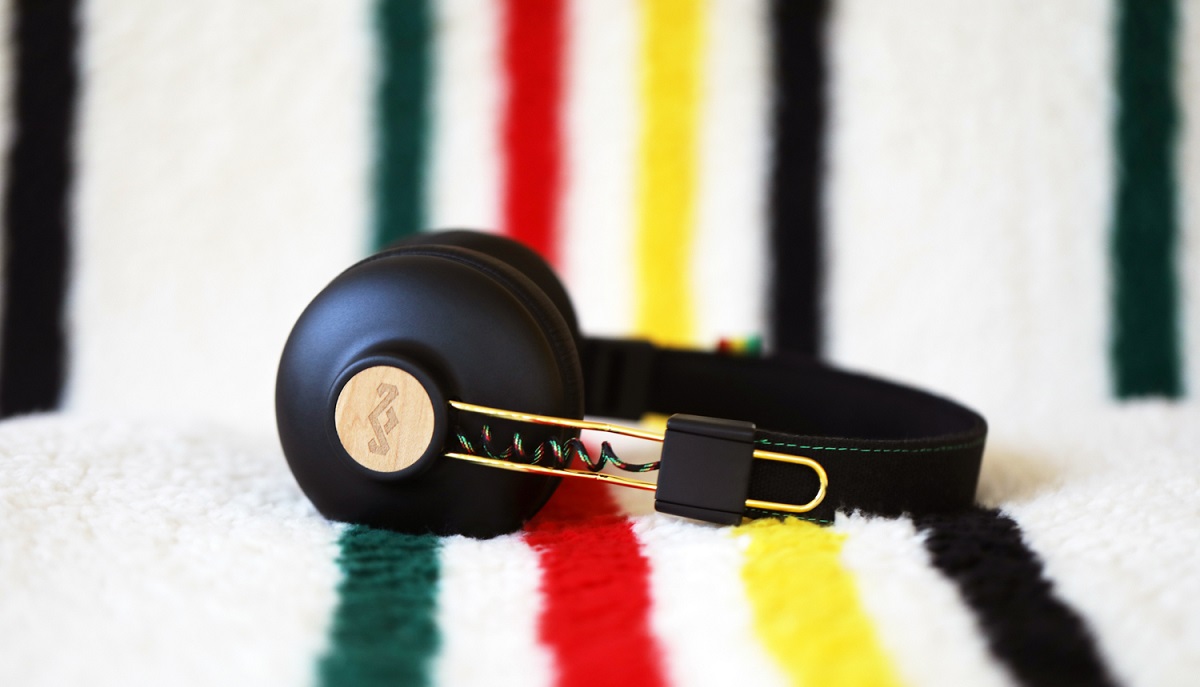Common Causes of Audio Issues in Headsets
Experiencing audio problems with your headset can be frustrating, especially when you're eager to immerse yourself in your favorite music, podcasts, or games. Understanding the common causes of these issues can help you troubleshoot and resolve them effectively.
-
Physical Damage: Headsets are susceptible to wear and tear, and physical damage can lead to audio problems. If the headset has been dropped, crushed, or exposed to moisture, it may result in malfunctioning audio.
-
Loose Connections: A loose or improperly connected cable can disrupt the audio transmission between the headset and the device it's connected to. This can lead to intermittent sound, one-sided audio, or no audio at all.
-
Software Glitches: Issues with the software or drivers of your device can cause audio disruptions in your headset. Outdated software, conflicting applications, or corrupted drivers may hinder the proper functioning of the audio output.
-
Volume and Mute Settings: Accidentally muted or low volume settings on your device or headset can give the impression of a malfunctioning headset. Sometimes, the simplest explanation is the most likely culprit.
-
Compatibility Problems: Incompatibility between the headset and the device it's connected to can result in audio issues. This can occur when the headset requires specific drivers or software that are not present on the device.
Understanding these common causes of audio issues in headsets is the first step to resolving them. By identifying the root cause, you can take targeted steps to address the problem and restore the audio functionality of your headset.
Checking the Hardware Connections
Ensuring that the hardware connections of your headset are secure and properly configured is a fundamental step in troubleshooting audio issues. Start by examining the physical connections between the headset and the device it's connected to. Inspect the audio jack and USB connections for any signs of damage, dirt, or corrosion. If any issues are detected, gently clean the connectors and ports using a soft, dry cloth to remove any debris that may be obstructing the connection.
Next, verify that the headset is firmly plugged into the correct audio jack or USB port on your device. In some cases, mistakenly connecting the headset to the wrong port can result in audio problems. Once you've confirmed the proper connection, ensure that the cables are not tangled or strained, as this can cause undue stress on the wires and lead to connectivity issues.
If your headset features detachable components, such as a removable microphone or interchangeable cables, inspect these elements for any signs of damage or loose connections. Reattach any detachable components securely to the headset, ensuring a snug fit to maintain optimal audio transmission.
In addition to the physical connections, it's essential to check the inline volume control or any other integrated controls on the headset. Verify that the volume wheel or buttons are functioning correctly and are not stuck or damaged. Sometimes, adjusting these controls can alleviate audio issues, especially if the volume was inadvertently set to a minimum or the mute function was activated.
Once you've examined the hardware connections and ensured that everything is securely in place, test the headset to see if the audio issues have been resolved. If the problem persists, proceed to the next troubleshooting steps to further diagnose and address the issue.
By meticulously inspecting and confirming the integrity of the hardware connections, you can eliminate potential physical causes of audio problems and move on to other troubleshooting measures with the confidence that the foundational connections are sound.
Adjusting the Volume and Settings
When encountering audio issues with your headset, adjusting the volume and settings on both the headset and the connected device can often provide a quick and effective solution. Begin by checking the volume controls on your headset. If your headset features an inline volume control, ensure that it is not set to the minimum level or muted. Sometimes, accidental adjustments or the presence of debris within the control mechanism can lead to muted or excessively low audio output. By adjusting the volume control to a moderate level, you can potentially restore the audio functionality of your headset.
Next, direct your attention to the volume and audio settings on the device to which your headset is connected. If you're using a computer, access the sound settings through the system preferences or the control panel, depending on your operating system. Ensure that the audio output is directed to the correct device, which should be your headset. Adjust the volume settings on your computer to a level that is audible but not excessively loud. Additionally, verify that the audio output is not redirected to a different device, such as the internal speakers or another connected audio output.
In the case of gaming consoles or mobile devices, navigate to the audio settings within the system preferences or the specific application you are using. Confirm that the audio output is configured to the headset and make necessary adjustments to the volume settings. It's also beneficial to check for any specific audio settings within the application or game you are using, as certain titles may have individual audio configurations that can impact the headset's performance.
Furthermore, if your headset features any additional settings or controls, such as equalizer presets or audio enhancements, consider experimenting with these options to optimize the audio output. Adjusting the equalizer settings or disabling any audio enhancements can sometimes rectify audio irregularities, especially if the headset's sound profile has been inadvertently altered.
After making these adjustments, test the audio output on your headset to determine if the issue has been resolved. By meticulously adjusting the volume and settings on both the headset and the connected device, you can potentially eliminate simple configuration issues and restore the optimal audio performance of your headset. If the problem persists, proceed to further troubleshooting steps to address the underlying cause of the audio issues.
Updating Drivers and Software
Ensuring that the drivers and software associated with your headset and the connected device are up to date is crucial in addressing audio issues. Outdated or corrupted drivers can impede the proper functionality of your headset, leading to distorted audio, intermittent sound, or complete audio failure. To rectify these issues, it's essential to update the drivers and software to their latest versions.
Begin by identifying the specific model of your headset and the device it's connected to, such as your computer, gaming console, or mobile device. Visit the official website of the headset manufacturer to locate the support or downloads section. Here, you can search for the latest drivers and software updates specifically tailored to your headset model. Download the corresponding drivers and software, ensuring compatibility with your operating system.
Once the updated drivers and software are downloaded, proceed to install them following the provided instructions. It's advisable to close all audio-related applications and disconnect the headset during the installation process to prevent any interruptions. After the installation is complete, reconnect the headset to your device and restart the system if prompted to finalize the updates.
In addition to updating the headset drivers, it's equally important to ensure that the device's audio drivers and system software are also up to date. For computers, accessing the device manager or the system update settings can facilitate the identification and installation of the latest audio drivers. Similarly, gaming consoles and mobile devices offer options to check for system updates, including audio-related software improvements.
By updating the drivers and software associated with both the headset and the connected device, you can potentially resolve audio issues stemming from outdated or incompatible software components. These updates often include bug fixes, performance enhancements, and improved compatibility, which can significantly impact the audio functionality of your headset.
After updating the drivers and software, test the audio output on your headset to determine if the issues have been alleviated. If the problem persists, consider exploring additional troubleshooting steps or seeking professional assistance to further diagnose and address the underlying causes of the audio issues.
By proactively updating the drivers and software for your headset and the connected device, you can optimize the audio performance and ensure a seamless and immersive experience across various audio applications and activities.
Testing the Headset on Another Device
Testing your headset on another device is a pivotal step in diagnosing and addressing audio issues. By connecting the headset to an alternative device, such as a different computer, gaming console, or mobile device, you can effectively discern whether the audio irregularities are specific to the original device or if they persist across multiple platforms.
Initiate the testing process by selecting a secondary device that supports the use of your headset. If you initially encountered the audio issues on a computer, consider testing the headset on a different computer with distinct hardware and software configurations. Similarly, if the issues arose while using a gaming console or a mobile device, attempt to replicate the problem on an alternative device of the same category.
Once you've identified the secondary device for testing, connect the headset and ensure that the physical connections are secure and properly configured. If the headset utilizes a USB connection, insert it into an available USB port on the secondary device. Alternatively, if the headset features a standard audio jack, plug it into the corresponding audio input on the device.
After the headset is connected, proceed to play audio content, such as music, videos, or a gaming application, to assess the audio output. Pay close attention to the quality, clarity, and consistency of the audio, noting any similarities or discrepancies compared to the original device. If the audio issues persist on the secondary device, it indicates that the problem is likely related to the headset itself, rather than the original device.
Conversely, if the audio problems are no longer present when using the headset on the secondary device, it suggests that the issues may be attributed to the original device's hardware, software, or settings. In this scenario, it's advisable to revisit the hardware connections, volume settings, and software configurations on the original device to pinpoint the root cause of the audio irregularities.
By testing the headset on another device, you can effectively isolate the source of the audio issues, whether it pertains to the headset, the original device, or a combination of both. This targeted approach facilitates a more accurate diagnosis and empowers you to implement the appropriate remedial measures, thereby enhancing the overall audio experience and restoring the optimal functionality of your headset.
Seeking Professional Help
If the aforementioned troubleshooting steps fail to resolve the audio issues with your headset, seeking professional assistance from certified technicians or support services can offer a comprehensive and effective solution. Professional help can provide specialized expertise and advanced diagnostic tools to identify and address complex audio problems that may extend beyond the scope of consumer-level troubleshooting.
Begin by reaching out to the customer support channels provided by the manufacturer of your headset. Many reputable headset manufacturers offer dedicated customer support services, including live chat support, email correspondence, and toll-free helplines staffed by knowledgeable representatives. Communicating your specific audio issues and the steps you've already taken to troubleshoot can expedite the support process and enable the technicians to offer tailored guidance and solutions.
In the event that the audio issues are suspected to be related to the device to which the headset is connected, consider contacting the customer support services of the device manufacturer. Whether it's a computer, gaming console, or mobile device, the manufacturer's support team can provide valuable insights and recommendations to address potential hardware or software-related audio irregularities.
For individuals who prefer hands-on technical assistance, visiting a certified electronics repair center or audio equipment service provider can offer in-depth diagnostics and repairs for your headset. These professionals possess the expertise and specialized tools necessary to assess and rectify intricate hardware and audio component issues, ensuring a thorough and precise resolution to the audio problems.
Moreover, if your headset is covered by a warranty or extended protection plan, consulting the terms and conditions of the warranty can provide guidance on accessing authorized repair or replacement services. Fulfilling the warranty requirements and engaging authorized service providers can safeguard the integrity of your headset and ensure that any necessary repairs are conducted using genuine parts and industry-standard procedures.
By seeking professional help, you can leverage the expertise of trained technicians and specialized support services to address persistent audio issues with your headset. This proactive approach not only facilitates a comprehensive diagnosis and resolution but also underscores the commitment to preserving the optimal performance and longevity of your audio equipment.







